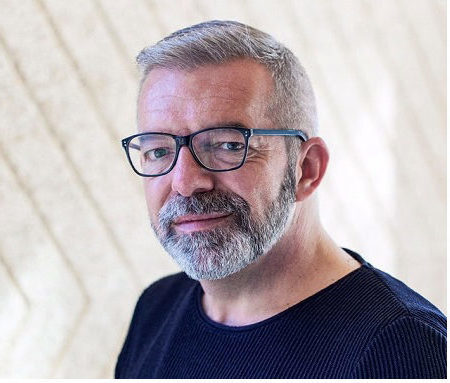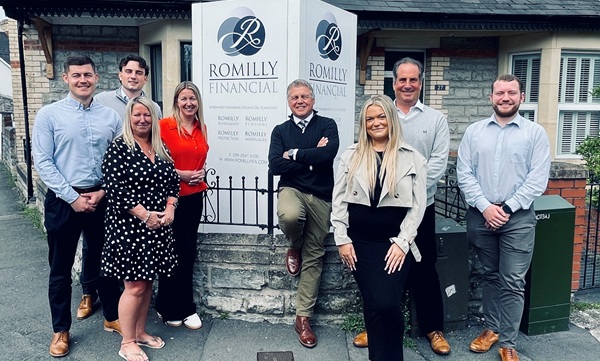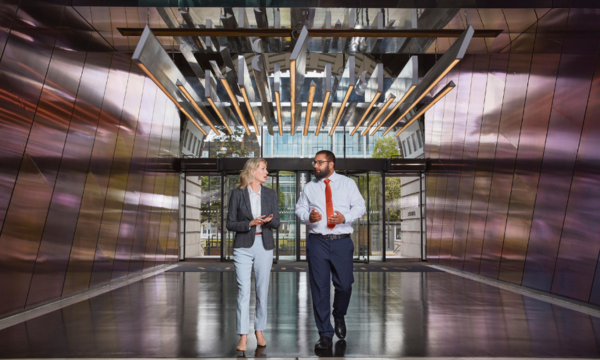
Written by:
John Jackson
Section Editor
Business News Wales
Urban centres across Wales are feeling the impact of COVID19. The pandemic has made larger retail and hospitality businesses restructure with resulting closures and job losses, and it seems inevitable more will follow.
Likewise small independent businesses are facing a daily struggle to keep afloat, and again there will be casualties. Added to this people have, by and large, embraced working from home and whilst this offers personal benefits including saving time and money by not commuting, it has also resulted in fewer people spending money in our urban centres. The question as to future demand for commercial office space is also being raised, and it's still too soon to know whether people will want, and start, to move from cities to live in more isolated rural locations.
At present we can’t confidently predict the full impact COVID19 will have on our urban centres, although we do know it has acted as an accelerant for change. This has brought into focus the need to identify ways to repurpose our town and city centres to ensure they function effectively in what could well be a very different future. Even before the pandemic the need for urban regeneration was becoming increasingly evident in order to:
- Make our environment sustainable
- Support the building of more homes
- Facilitate healthy living by making better provision for cycling and walking
- Improve public transport networks
- Attract more people to spend more time and money in our urban centres
- Make places more “liveable”
- Counter the dominance of online retail
- Take advantage of the economic benefits events and tourism generate
- Make places more inclusive by reflecting the needs and circumstances of citizens
- Create environments that align with more flexible ways of working
The list is long in part because we are living in changing and more complex times. However, change isn’t a new phenomena, history has shown that our urban environments adapt in the face of change. Although when we look back we can see that even with the best intention we haven’t always got it right. In particular post war redevelopment resulted in numerous road schemes that cut into the heart of cities often forcing people to use underpasses to simply cross a road. Today’s thinking is radically different, and urban planners are increasingly embracing ways to make places work for people, whilst at the same time protecting our environment.
In undertaking projects in the built environment it's important to remember that no two locations are the same. So whilst it helps to gain inspiration from examples of successful placemaking elsewhere, a key element to their success is that the schemes were planned to be appropriate to their specific locations. In Wales there are specific circumstances that affect individual towns and cities, and these need to be understood and taken into consideration as part of urban regeneration activity.
One of the most recently completed schemes has been The Kingsway Urban Park in Swansea. This major city centre thoroughfare was part of the city’s post war redevelopment that, in a relatively short space of time, had lost its relevance in the city. With a confusing traffic layout unfortunately this was also the location of two fatalities. It was evident this part of the city centre had to change, and The City & County of Swansea Council commissioned The Urbanists to redesign it.
James Brown, Managing Director of the Urbanists explains the key objectives for this project and how through urban design his team were able to deliver a solution that is breathing new life into this part of the City;
“We worked collaboratively with the Council and right from the start agreed that The Kingsway needed to be more about place than movement. We wanted our work to result in a vibrant and active place where people want to spend time, where businesses want to be based and where increasing numbers of people will be attracted to live as part of a long term commitment to the quality of the area.”
Ultimately whether our towns and cities grow upwards or outwards, effective urban design places its focus on the most important space of all: the space that we all encounter at street level and this determines how we interact with our urban environment. Well planned and executed placemaking works to make these spaces intrinsically more attractive and beneficial for people. This inturn helps the town or city to enhance its relevance and desirability as a place to spend time in, from which new commercial and residential opportunities can emerge.
Our urban centres will always experience new challenges, making it all the more imperative to embrace best practice urban design to deliver the highly resilient, people centric built environments of the future.







